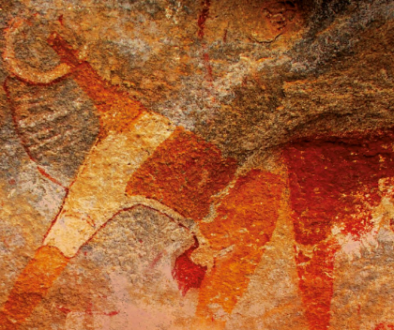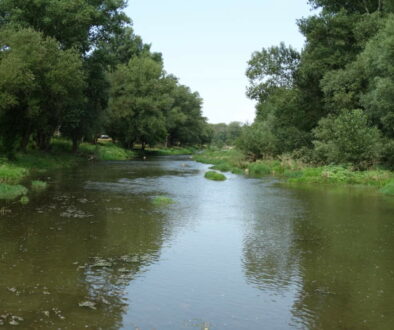Healing Animals, Feeding Souls: Ethnobotanical Values at Sacred Sites in Central Italy
Frascaroli, F; Bhagwat, Sh; Diemer, M.2014
The authors use first–hand vegetation surveys and published records to examine the occurrence of ethnobotanical values at 30 Catholic shrines in Central Italy, and compare them with an equal number of non–sacred control sites. They ask to what extent is there an association of useful plants with sacred places in Italy, as found in other cultural contexts. Their research shows that a greater number of useful plants are found at sacred sites. While this is mainly a consequence of the higher species richness of sacred sites, an association with plants used in animal husbandry is particularly evident, and likely related to the deep historical connection between sacred places and pastoralist traditions in Central Italy. Also, they show that there are significant variations in the distribution of old trees; the largest specimens are found at the center of sacred sites, while tree size visibly decreases away from the shrines. This indicates also that individual trees have been actively managed and conserved at sacred sites, probably driven by the symbolic values that old trees frequently embody. (Shortened summary extracted from the article)
Reference
Frascaroli, Fabrizio; Bhagwat, Shonil; Diemer, Matthias. “Healing Animals, Feeding Souls: Ethnobotanical Values at Sacred Sites in Central Italy”. Economic Botany. Vol. 68 (2014), nº. 4, p. 438-451.




